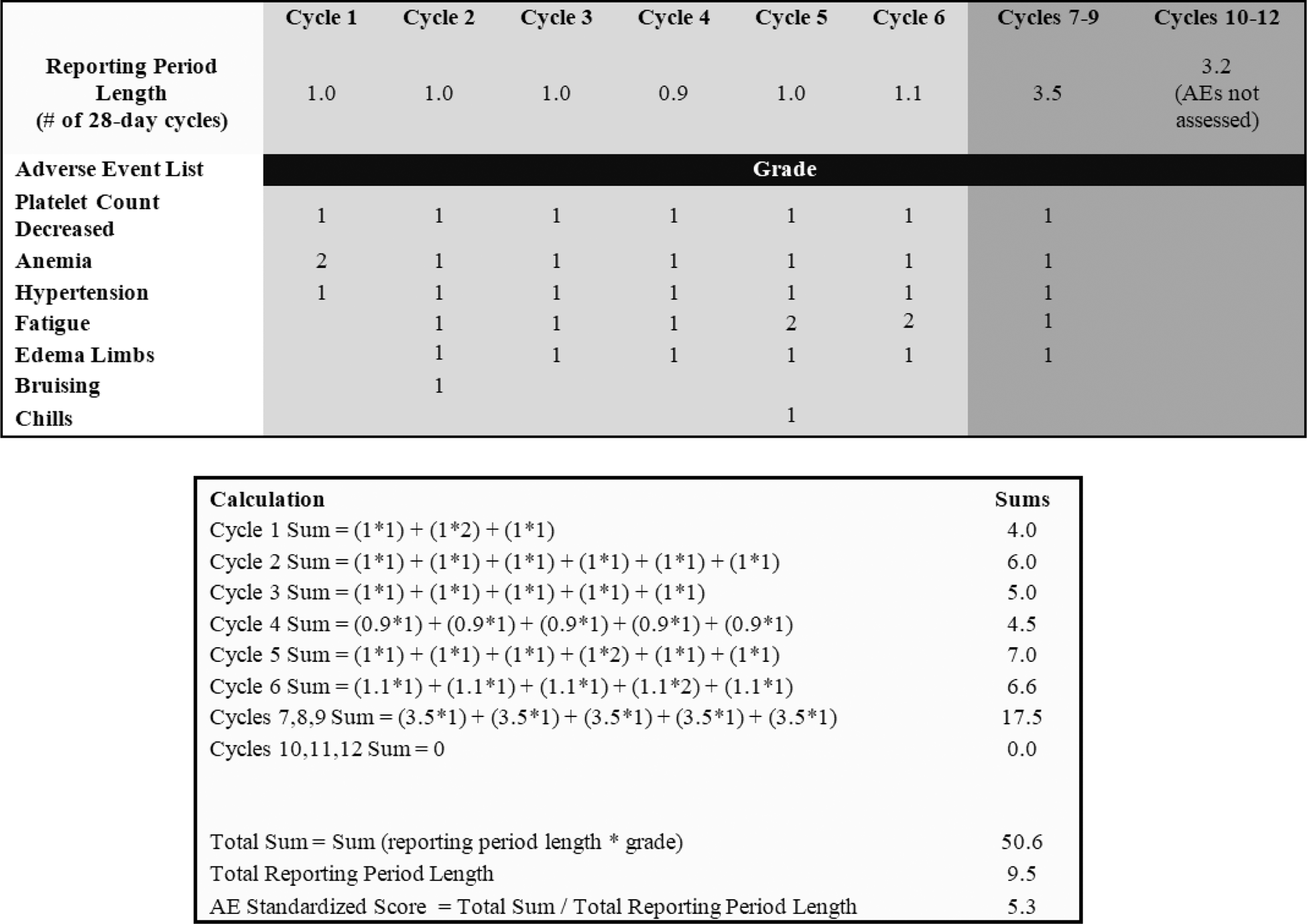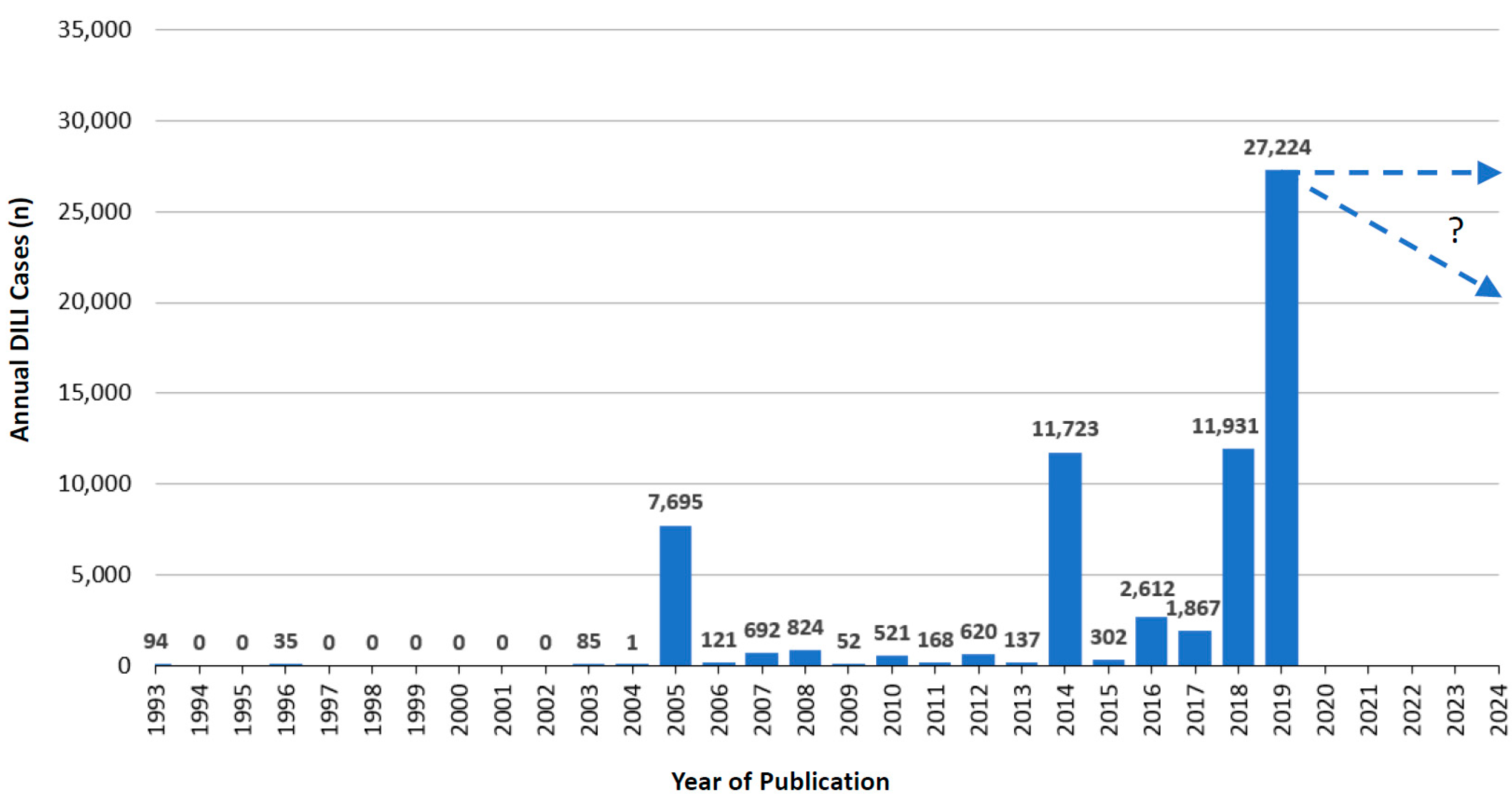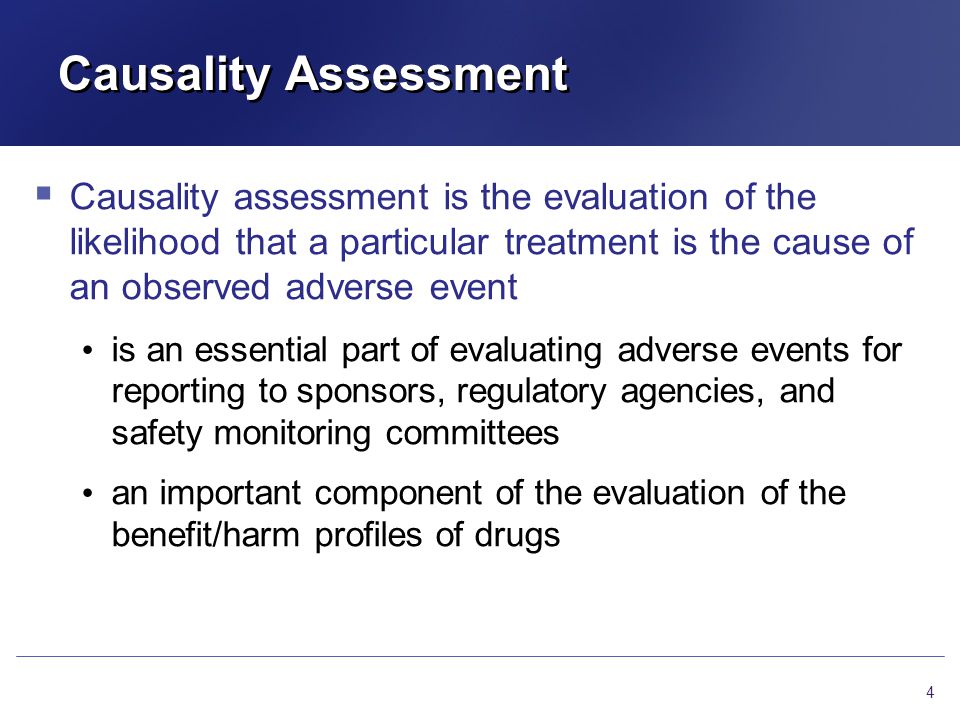

The most common adverse events reported in the literature include: Īny patient who has any untoward effect or outcome experienced with medical treatment is experiencing an adverse event. The mortality rate following such adverse events was estimated at around 8%.

Socioeconomic factors such as lack of education have been associated with a higher burden of many chronic diseases.Ī systemic analysis review found an annual incidence of adverse events of around 10%, among which 50% were found to be preventable. Racial disparities occur in the populations of patients affected by adverse events, with black patients being affected at significantly higher rates. Age disparities exist in the occurrence of adverse events with children and elderly patients affected at higher rates. Countries with less income report higher rates of adverse events. Globally, it is estimated that approximately ten percent of patients have been affected by at least one adverse event. Many vulnerable patients are more at risk for adverse events.

Even worse, over 100,000 patients will die from the care that they received. In the United States, over 250,000 patients who receive medical care each year will experience an adverse event. Finally, an early discharge can often result in adverse events such as readmittance or injury. Nosocomial infections are a major cause of deaths every year, and hospitals employ scrutiny in infection control measures. Many adverse events occur from hospitalization. The place of treatment can also become the cause of treatment. Every year, many clients die from surgery or suffer from improper care during treatment, such as wrong-site errors. Surgical errors are another cause of potential adverse events. When a client is assessed, the potential of a missed diagnosis or an incorrect diagnosis may cause the client to experience an adverse event. Poor communication and improper orders or documentation may also contribute to medical errors. Many medications can cause an adverse event to occur, and often patients are on multiple medications. However, often the benefit of the treatment may be greater than the temporary harm. An adverse event may occur unintended or as a side effect during treatment. Other causes, such as equipment or device failure, can contribute to the occurrence of an adverse event. In these instances, the cause may be due to human error or a substance within a medication. The adverse event may be a result of treatment such as surgery or medication. There are many methodologies in which an adverse event can occur. EtiologyĪdverse events are caused by medical treatment, which injures a patient.
.jpg)
Adverse events can occur with any provision of care or treatment have a wide range of severity. Adverse events can be either preventable or unpreventable and are often associated with medication errors. Adverse events that occur with medical treatment can include medication side effects, injury, psychological harm or trauma, or death. Any patient who undergoes treatment may experience a negative outcome as a result of that treatment. Medical treatment may include a procedure, surgery, or medication. An AE is a harmful and negative outcome that happens when a patient has been provided with medical care. Review the importance of improving care coordination among interprofessional team members to improve outcomes for patients affected by an adverse event.Īdverse events (AE) frequently occur in any medical system, and at least one in ten patients are affected.Review the management of an adverse event.Identify the common causes of an adverse event.Explain the importance of monitoring patients for an adverse event.This activity reviews the evaluation and management of an adverse event and highlights the role of interprofessional team members in collaborating to evaluate and manage the adverse event. Adverse events (AE) frequently occur in our medical system, and at least one in ten patients are affected.


 0 kommentar(er)
0 kommentar(er)
